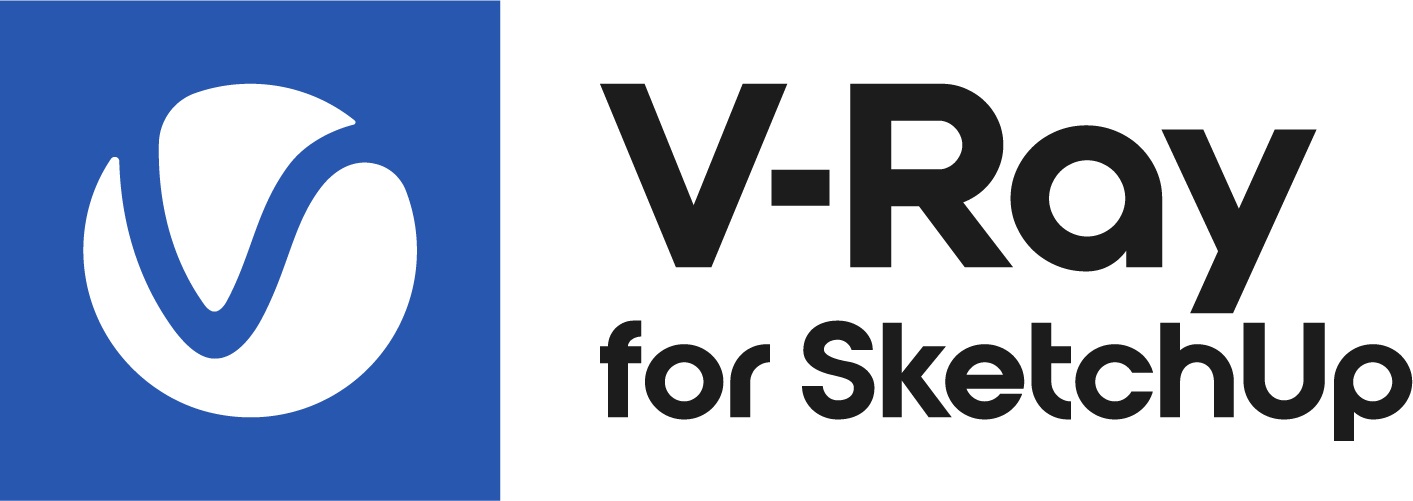This page provides a brief overview of the Script Access documentation, which can be found at the V-Ray for SketchUp root folder.
Overview
In V-Ray it is now possible to access the underlying scene plugins via the SketchUp script tools.
A script access manual is provided with the installation of V-Ray. It can be found at the V-Ray for SketchUp root folder:
Windows - C:\Program Files\Chaos\V-Ray\V-Ray for SketchUp\extension\documentation\_index.html
macOS - /Applications/Chaos/V-Ray/V-Ray for SketchUp/extension/documentation/_index.html
For versions prior to V-Ray 7, the default locations are:
Windows - C:\Program Files\Chaos Group\V-Ray\V-Ray for SketchUp\extension\documentation\_index.html
macOS - /Applications/ChaosGroup/V-Ray/V-Ray for SketchUp/extension/documentation/_index.html
Note that User data parameters are employed in the communication between V-Ray for SketchUp and its UI, whereas the actual scene parameters (V-ray core) are set accordingly only at render time.
The precise names of such user data parameters can be found in exported V-Ray files:
- for Settings - export a .vropt file
- for Assets - export an asset of the required type as a .vrmat file
Their parameter handlers contain isUserData="1"
To set a parameter value in the V-Ray UI via a script, the "user data" counterpart must be adjusted as well. Otherwise, the change will only affect the V-Ray scene.
Ruby Scripts
Use the Ruby Console located in Extensions > Developer > Ruby Console.
Render Quality
Changes the quality of the render from Low to High+
Example:
scene = VRay::Context.active.scenescene.change {scene["/SettingsOptions"][:quality_preset] = 4}
| Value | Description |
|---|---|
| 0 | Low |
| 1 | Low + |
| 2 | Medium |
| 3 | Medium + |
| 4 | High |
| 5 | High + |
| 6 | Custom (uses the last used quality value) |
Other values use the last selected quality value.
